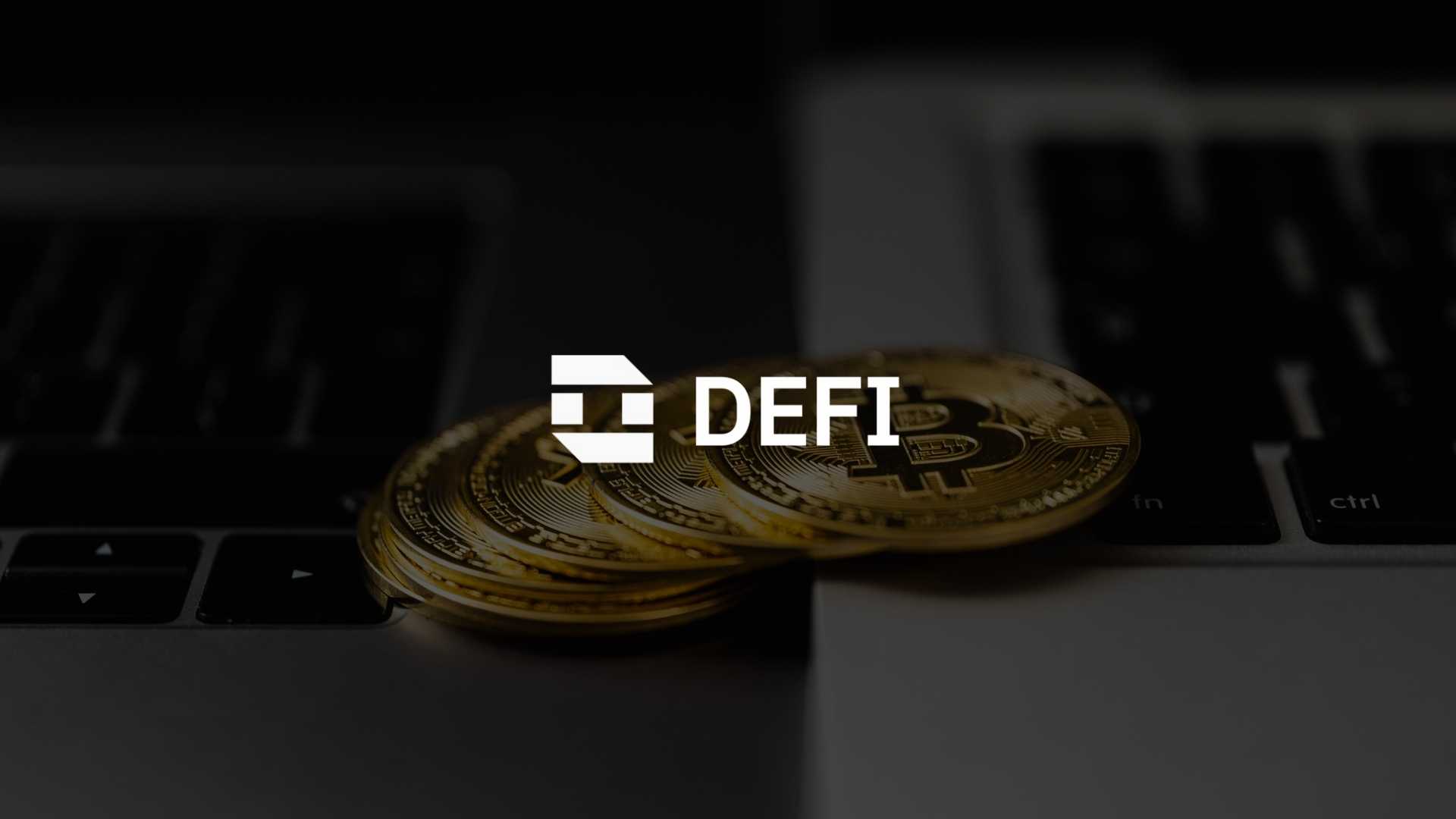JPMorganChase Commits $14.5M to Modernize Benefits Access

JPMorganChase has announced $14.5 million in philanthropic commitments to drive innovation in public and workplace benefits systems, aiming to improve financial health outcomes for millions of low- to moderate-income (LMI) Americans. The firm’s latest initiative expands its efforts to bridge the gap between wages and long-term wealth building, enabling broader access to critical support systems such as retirement plans, emergency savings, and education benefits. This funding reinforces JPMorganChase’s broader goal of advancing inclusive economic opportunity and financial resilience across the U.S.
1. Why Workplace and Public Benefits Matter:
- Benefits offer a crucial financial safety net, especially for LMI workers managing everyday costs and planning for the future.
- Currently, fewer than one-third of employed Americans have access to comprehensive workplace benefits.
- The lack of benefit access costs the U.S. economy an estimated $183 billion annually.
2. The Challenge of a Fragmented System:
- Complexity in eligibility and delivery prevents over $80 billion in public benefits from reaching those in need.
- LMI workers often juggle both public and workplace benefits to stay financially afloat, yet lack coordination between systems complicates access and usability.
3. Strategic Funding and Key Beneficiaries:
- $7 million to Commonwealth:
Piloting workplace benefit programs across Columbus, Chicago, and nationally to support 2.5 million consumers. Includes $1M dedicated to Columbus-based employer-benefit collaborations. - $3 million to Code for America:
Leveraging AI and user-centered design to simplify access to public benefits through state partnerships. - $1.58 million to Washington University:
Conducting research to identify gaps and policy opportunities in employer-sponsored benefits, such as retirement access and enrollment for low-wage workers. - $1.5 million to Aspen Institute Financial Security Program:
Scaling workplace savings initiatives and connecting public and private benefit systems for holistic financial support. - $500K to Financial Health Network:
Researching the effectiveness of benefit offerings in driving employee financial health and identifying best practices. - $500K to Women’s Money Matters:
Launching a Massachusetts-based pilot to help low-income families overcome the “benefits cliff” and gain long-term economic stability. - $500K to LiftUp Communities:
Partnering with social enterprises in Chicago to design inclusive employer benefits and wraparound supports for economic mobility.
4. Industry Perspective on Impact:
- “Workplace benefits hold one key to unlocking this potential, turning wages into financially secure families,” said Timothy Flacke, CEO of Commonwealth.
- JPMorganChase’s efforts aim to shift how benefits are delivered and accessed—especially for underserved communities navigating fragmented systems.
5. JPMorganChase’s Internal Commitment to Financial Health:
- The firm provides its own employees with a robust benefits portfolio, including 401(k) plans, stock purchase programs, financial coaching, and education-focused tools.
- “We’re committed to helping our employees manage their financial lives and build a foundation for long-term goals,” said Bernadette Branosky, Global Head of Benefits at JPMorganChase.
By investing $14.5 million in organizations that are modernizing the benefits ecosystem, JPMorganChase is championing a more connected, equitable, and accessible financial future for American workers. The firm’s strategic approach—backed by cutting-edge technology, public-private collaboration, and targeted research—has the potential to significantly reduce barriers and enhance wealth-building opportunities for low- to moderate-income families nationwide. This latest initiative aligns with JPMorganChase’s broader vision of driving inclusive economic growth and improving financial health at scale.


